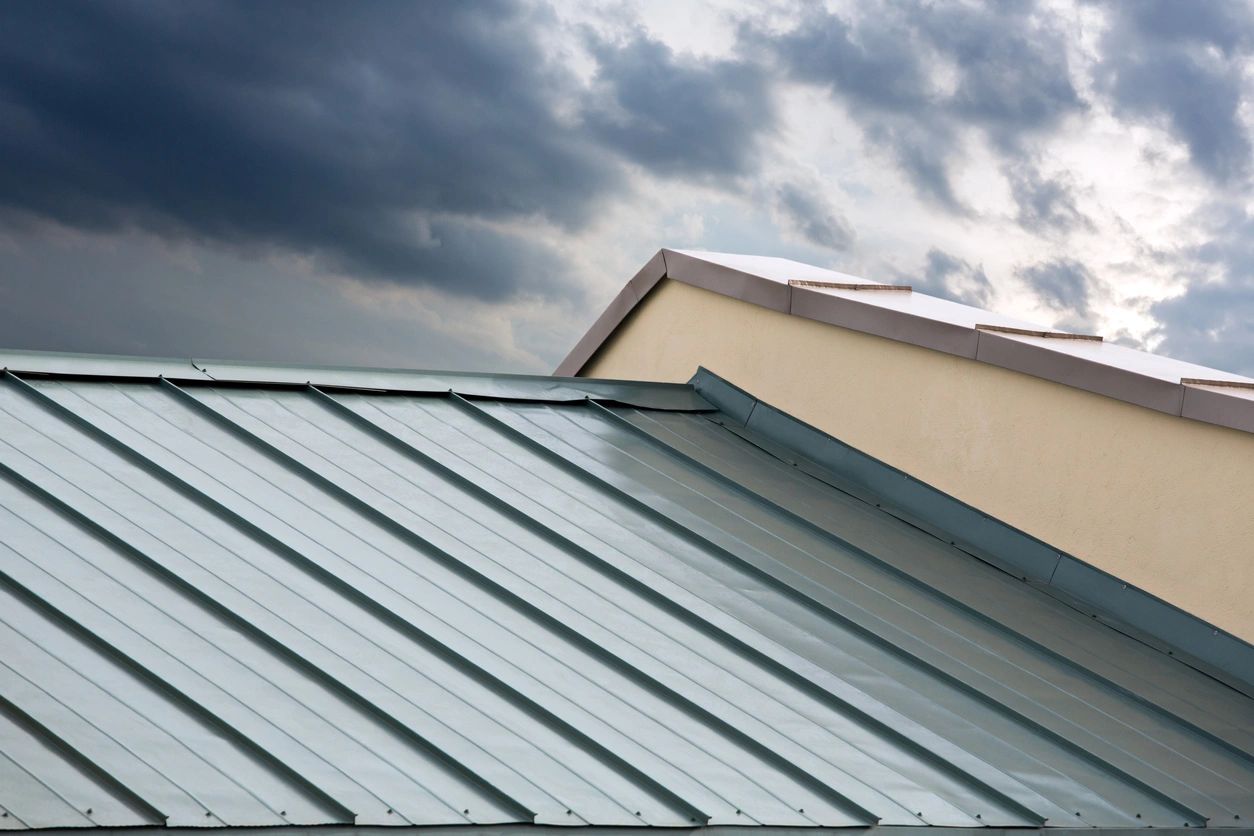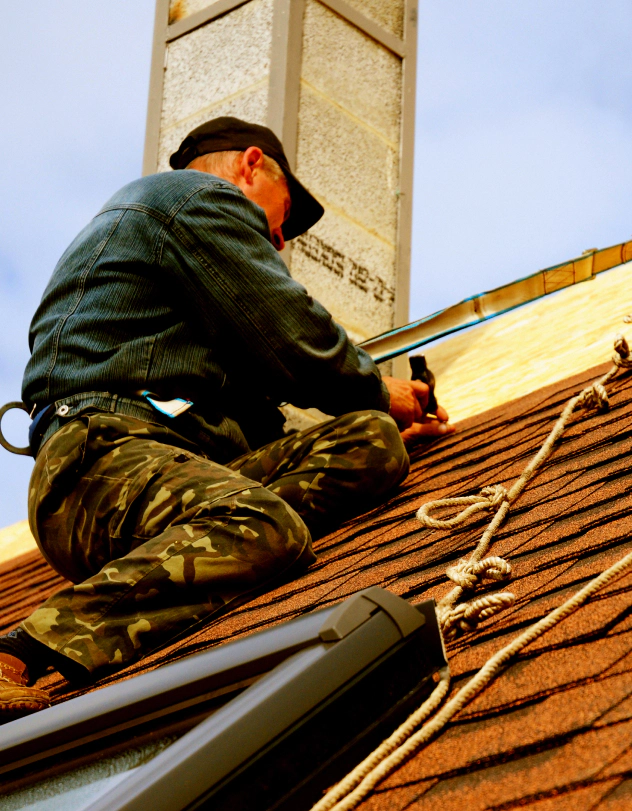When thinking about home insulation, people often imagine rolls of fiberglass tucked between the walls or beneath the floorboards. However, one of the most critical yet frequently overlooked elements in a home’s insulation system is the roof. As the first line of defense against environmental exposure, a well-designed and properly maintained roof plays a crucial role in regulating indoor temperature, reducing energy bills, and maintaining year-round comfort. Let’s explore how roofs contribute to home insulation and why homeowners should pay close attention to what’s above their heads.
Roofs act as a barrier between the interior of a home and the outside climate. In hot weather, a roof can become extremely warm, absorbing solar radiation and transferring that heat downward into the living space. In cold climates, the same roof becomes the primary structure that prevents indoor heat from escaping. A properly insulated roof helps minimize these effects by controlling heat flow in both directions. The goal is to keep heat inside during winter and outside during summer, which not only enhances comfort but also dramatically reduces energy consumption.
The effectiveness of a roof’s insulation is typically measured by its R-value, which indicates its resistance to heat flow. The higher the R-value, the better the material insulates. For example, a standard attic insulation might have an R-value ranging from R-30 to R-60, depending on the climate zone. In colder regions, higher R-values are essential to retain warmth, while warmer regions may require different materials or designs that emphasize heat reflection and ventilation.
One of the key factors in roof insulation performance is the type and quality of the materials used. Asphalt shingles, metal roofing, tile, and slate each have different thermal properties. For instance, metal roofs can reflect more sunlight and reduce heat absorption, particularly when coated with reflective finishes. This helps keep the building cooler and reduces the need for air conditioning. Tile roofs, common in Mediterranean and desert climates, have natural insulating properties due to their density and ability to provide airflow under the tiles, allowing for passive cooling.

Insulation materials installed under the roof deck also make a significant difference. Fiberglass batts, rigid foam boards, spray foam, and blown-in cellulose are common choices. Spray foam insulation, in particular, has gained popularity due to its ability to seal gaps and crevices, creating an airtight barrier that minimizes heat loss and gain. When combined with proper ventilation, such insulation can significantly increase a roof’s thermal efficiency.
Ventilation might not seem like part of the insulation equation, but it plays a critical role in the overall performance of a roofing system. Proper roof ventilation, often achieved through ridge vents, soffit vents, and gable vents, prevents moisture buildup and helps regulate attic temperature. Without adequate ventilation, hot air can become trapped in the attic, raising indoor temperatures and overloading HVAC systems. In winter, poor ventilation can lead to ice dams, which occur when warm air melts snow on the roof, causing it to refreeze at the eaves and damage shingles and insulation.
Another way roofs contribute to insulation is through radiant barriers, which are reflective materials installed under the roof deck. These barriers reflect radiant heat rather than absorbing it, which is especially useful in hot climates. According to studies, radiant barriers can reduce cooling costs by up to 10%, making them a worthwhile investment for homeowners looking to improve energy efficiency.
The design and slope of a roof can also affect its insulating capabilities. Steeper roofs may shed snow more easily in winter, reducing the load and the potential for ice damming. In contrast, flat or low-slope roofs often require more robust waterproofing and insulation layers to manage water drainage and thermal resistance effectively. Some modern homes incorporate “cool roofs” that use light-colored or specially coated materials to reflect more sunlight and absorb less heat. These roofs can stay up to 50 degrees cooler than traditional dark-colored roofs under peak summer conditions.
Beyond materials and design, maintenance plays an essential role in ensuring that a roof continues to perform its insulating function. Leaks, missing shingles, or damaged flashing can compromise insulation by allowing moisture to seep in and reduce its effectiveness. Mold and mildew, common results of prolonged moisture exposure, further degrade insulation and indoor air quality.
In conclusion, the roof is far more than just a shelter—it’s an integral component of a home’s insulation system. Through careful selection of materials, proper installation, effective ventilation, and routine maintenance, a roof can significantly impact energy efficiency and indoor comfort. As energy costs continue to rise and sustainability becomes increasingly important, understanding how roofs contribute to insulation is vital for any homeowner aiming to make smart, long-term improvements.
If your roof is getting old, showing signs of damage, or was hit by a storm recently, it’s important to take action quickly when you think something’s wrong! Choose Legends Roofing for your roofing needs. We are licensed and insured and bring over 15 years of experience to the table. We serve Mandeville, Covington, Slidell, Hammond, Abita Springs, and more.
Count on us for free estimates, ensuring transparency and trust in every step of your roofing project. Our roofing experts will recommend the best type of roof to keep your family and home safe from Louisiana hurricanes for a long time. Contact us today to schedule your free roofing estimate!




